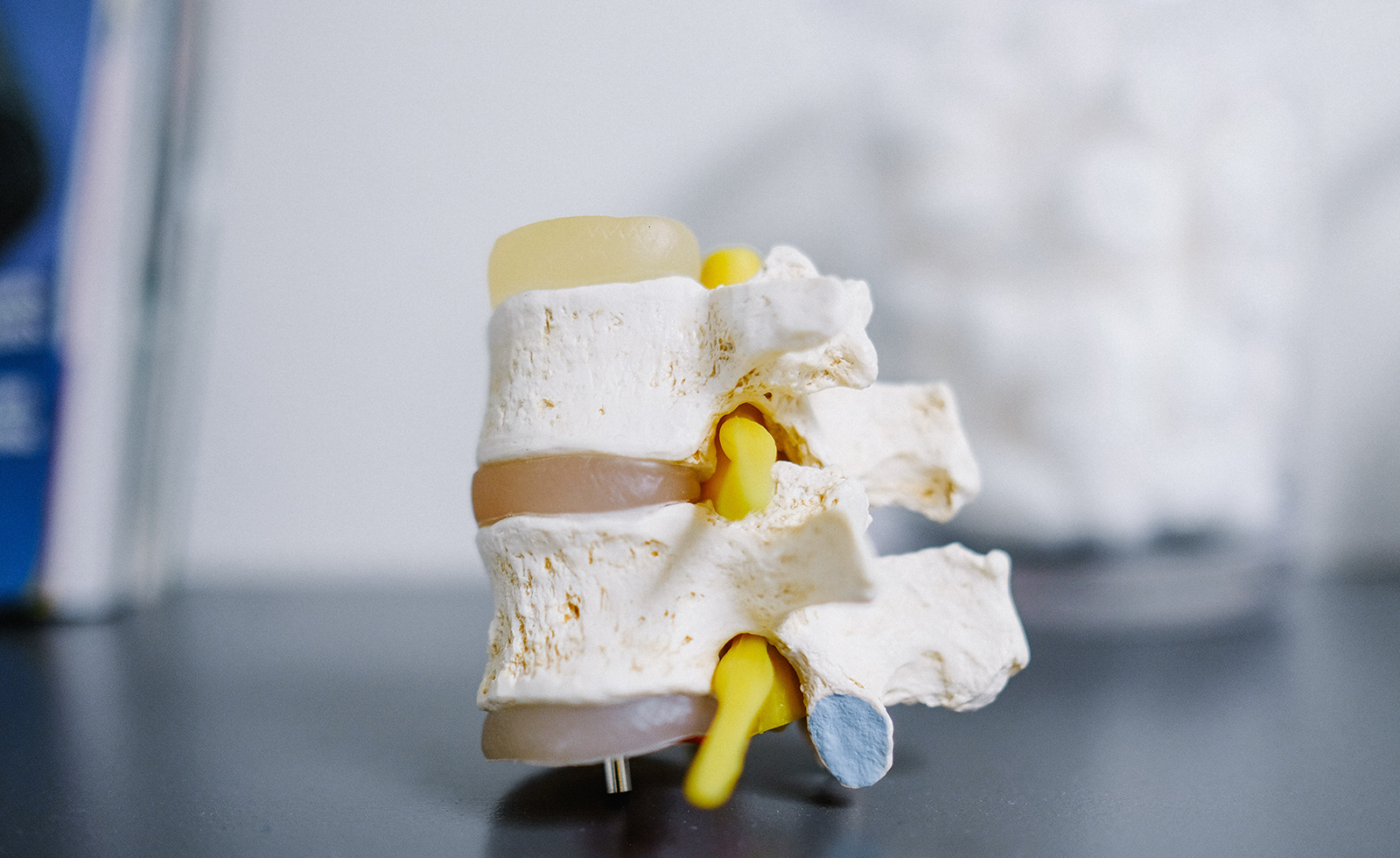By David I. Graber, DC, DACBSP
Once again, this is our annual review of some of the most practical research articles for chiropractic physicians published in the year. Here are 23 from 2023 to help you better care for and educate your patients!
Cervical Spine:
- A study of cervical spine MRI findings discovered that cervical disc degeneration and disc contour changes were associated with neck pain, and vertebral endplate signal changes were associated with neck disability. None of the MRI findings were associated with headache. (1)
- For patients with degenerative Cervical Myelopathy, the most sensitive clinical diagnostic tests were the Tromner and hyperreflexia, whereas the most specific tests were the Babinski, Tromner, clonus, and inverted supinator sign. (2)
- Having a long duration of current neck pain was found to be the only clinical indicator to predict if continued care was recommended to the patient by the chiropractors studied. Continued care past four weeks was often recommended when all three of these clinical indicators were present: previous pain episodes, a long pain duration, and improvement after initial treatment. (3)
- Cervical SM was demonstrated to not stretch the vertebral arteries. During cervical SM, using cervical spine extension and rotation, vertebral arterial length changes remained below that slack length. This suggests that the vertebral arteries are elongated but were not stretched during the manipulation. (4)
- Cervical spinal manipulation (SM) is safe. Two large studies, using private health claims and Medicare data, both again strongly suggest that cervical SM does not cause cervical artery dissection in all age groups. (5 6)
Lumbar Spine:
- One study’s findings suggest that US adults receiving chiropractic SM for newly diagnosed radicular low back pain have significantly reduced odds of receiving a gabapentin prescription over 1-year follow-up compared with those receiving usual medical care. (7)
- An excellent review on intervertebral disc degeneration and how it leads to low back pain can be found here: JOR Spine, 6(1), e1231. https://doi.org/10.1002/jsp2.1231. (8)
- Non-specific SM is effective. Two related studies both found that non-specific SM is as effective for pain relief and reducing patient-reported disability as SM targeted to a specific segment in patients with non-specific low back pain. (9 10)
- With Lumbar MRI findings, type I Modic changes, disc degeneration, endplate defects, disc herniation, spinal canal stenosis, nerve compression, and muscle fat infiltration have the highest probability to be related to low back pain. (11)
- In the presence of caudal foraminal stenosis and a positive SLR test, six weeks of conservative treatments (oral meloxicam and dexamethasone, corset, back extension exercise, physiotherapy, and manual therapy) were more likely to fail in patients with lumbar disc herniation. (12)
- Patients with low back or neck pain were found to have the lowest total health care usage, fewer invasive interventions, and lower total costs if they first sought care with chiropractic care or physical therapy. (13 14)
- Performing remote myofascial release of the lower limbs on patients with chronic low back pain reduced the pain and increased the elasticity of the lumbar fascia. (15)
- Chronic low back pain patients were found to have a significantly lower diet quality, higher inflammatory scores, and a lower intake of total protein, total fat, dietary fiber, omega-3 fatty acids, vitamin B6, vitamin A, beta-carotene, vitamin E, and magnesium. Pain sensitivity mainly showed a negative correlation with nutritional intakes known for anti-inflammatory properties. (16)
- SMT has again been recognized as frontline treatment for patients with back pain. The World Health Organization launched their first-ever guideline for management of low back pain in adults, and gave strong recommendations for SMT as a top physical intervention. (17)
Thoracic Spine:
- Thoracic manipulation provides immediate and short-term effects to improve pain and neck disability among patients with chronic mechanical neck pain. (18)
- An immediate improvement in the range of motion and pain after thoracic thrust manipulation was found in patients with shoulder impingement. (19)
- Patients with hyper-thoracic kyphosis exhibited abnormal sensorimotor control and autonomic nervous system dysfunction compared to those with normal thoracic kyphosis. (20)
- A biomechanically designed exercise protocol helped straighten the scoliotic curve through curve-specific corrective exercises and stabilized the curve by “Breathing with core.” (21)
Spinal Manipulation:
- A literature review listed some clear neurophysiological changes following spinal manipulation, which include neural plastic changes, alteration in motor neuron excitability, increase in cortical drive and many more. (22)
- Severe SMT-related adverse events were found to be reassuringly very rare, approximately 1 per 480,000 SMT sessions according to a study of 960,140 SMT sessions for 54,846 patients. (23)
General Health:
- Higher leisure-time sitting (>4 h/day) may be associated with a greater risk for radiographic knee OA incidence/progression over two years. Furthermore, this association was intensified among adults who also reported frequent work time sitting. (24)
- A one-question spinal outcome assessment was shown to be as accurate as validated tools such as the Oswestry Disability Index. Patients were asked to answer the following question, “What percentage is the function of your spine if the normal function of a healthy spine is 100%?” (25)
- If you have pediatric patients, several international peer-reviewed chiropractic pediatric history and examination forms for the infant, child, and adolescent are available here: https://jccponline.com/Weber22-01.html (26)

About the Author:
Dr. David Graber is a nationally known presenter on chiropractic technique and a member of the ANJC Board of Directors. He maintains a private practice in Parsippany, NJ. He blogs on chiropractic and clinical
topics at: drgraber.wordpress.com.
References are available by emailing: DrDavidGraber@gmail.com or by visiting chiro-excellence.com


0 Comments